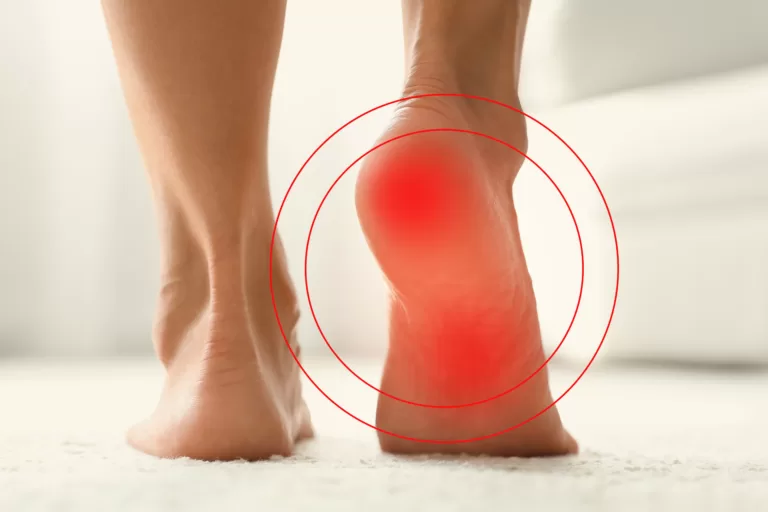Role of Orthotics in Treating Heel Pain
What Are Orthotics?
Orthotics are specialised shoe inserts designed to support and improve the function of the foot. They can help alleviate pain and provide stability, making them a valuable tool in the treatment of heel pain.
Orthotics come in various forms, including:
- Arch Supports: These are designed to provide support and cushioning to the arch of the foot, aiding in weight distribution and reducing strain on the plantar fascia.
- Heel Cups: These inserts are specifically tailored to cushion and support the heel, providing relief from conditions such as plantar fasciitis and heel spurs.
- Custom Orthotics: Tailored to the individual’s foot shape and gait, custom orthotics offer personalised support and comfort, making them an effective solution for persistent heel pain.
How Orthotics Help
Orthotics can address heel pain by:
- Providing Support: By redistributing pressure and providing cushioning, orthotics can reduce strain on the affected area, alleviating pain.
- Improving Alignment: Corrective orthotics help align the foot and ankle properly, reducing tension on the plantar fascia and Achilles tendon.
- Enhancing Stability: Orthotics aid in stabilising the foot, especially for individuals with over-pronation or supination issues, promoting a more balanced gait.
Rehabilitation Exercises for Heel Pain
While orthotics provide crucial support and relief, combining them with targeted rehabilitation exercises can lead to even better outcomes. Here are some effective exercises to strengthen the affected area and improve flexibility:
Calf Stretches
- Standing Calf Stretch: Stand facing a wall with one foot behind the other. Keep the back leg straight and the heel flat on the floor. Lean forward, keeping the back knee straight, until you feel a gentle stretch in the calf.
- Towel Stretch: Sit on the floor with your legs extended. Loop a towel around the ball of your foot and gently pull the towel towards you, stretching the calf muscle.
Plantar Fascia Stretch
- Wall Stretch: Lean against a wall with one knee straight and the other bent. Keep both heels on the ground and lean towards the wall until you feel a stretch in the calf and the underside of the foot.
Strengthening Exercises
- Marble Pickup: Place marbles on the floor and pick them up with your toes, strengthening the muscles in the foot.
- Towel Scrunches: Place a towel on the floor and scrunch it up using only your toes, helping to improve strength and flexibility in the foot muscles.
Balance and Stability Exercises
- Single-Leg Stance: Stand on one leg for 30 seconds, gradually increasing the time as your balance improves. This exercise helps strengthen the foot and ankle muscles.
- Balance Pad Exercises: Using a balance pad or cushion, practice standing, balancing, and performing gentle movements to enhance stability in the foot and ankle.
By combining these exercises with orthotic support, individuals can effectively manage and alleviate heel pain while improving overall foot health.
Conclusion
Heel pain can be a challenging condition, but with the right approach, it can be effectively managed and treated. Orthotics play a crucial role in providing support and stability, while rehabilitation exercises help strengthen and improve flexibility in the affected areas. By integrating both orthotics and targeted exercises into a comprehensive treatment plan, individuals can find relief from heel pain and work towards improving their overall foot health.
If you’re experiencing persistent heel pain, it’s important to consult with a healthcare professional to receive an accurate diagnosis and personalised treatment plan, don’t delay seeking help. Visit www.elitefootcare.com.au to book an appointment or call us at 5328 3588 to schedule a session with our podiatrists.
Don’t let heel pain hinder your daily life – let Elite Foot Care Podiatry assist you in getting back to normal activities.
Stay tuned to our blog for more valuable insights into foot health, pain management, and overall well-being.









